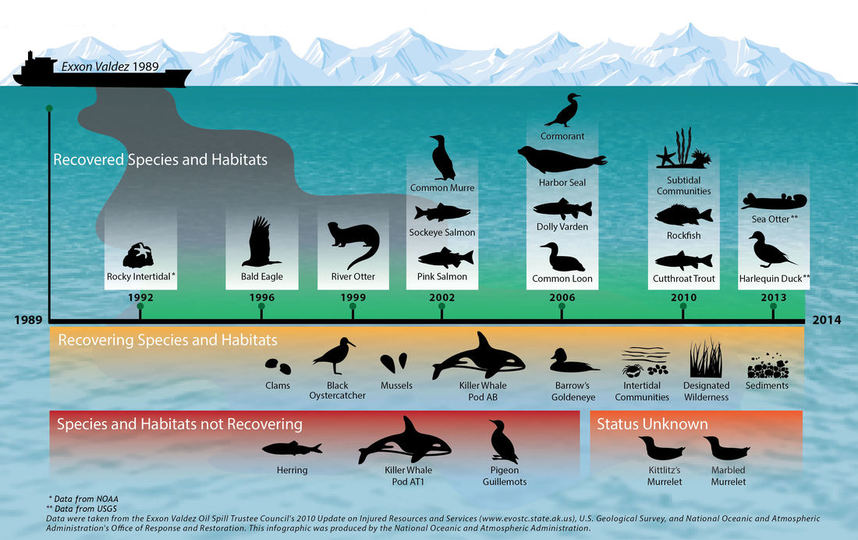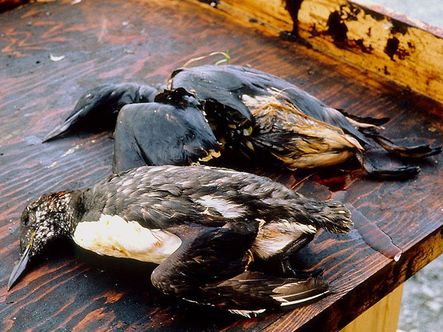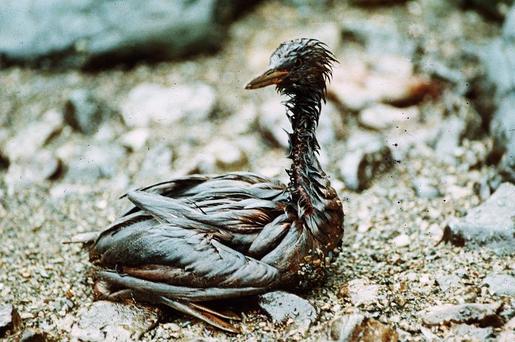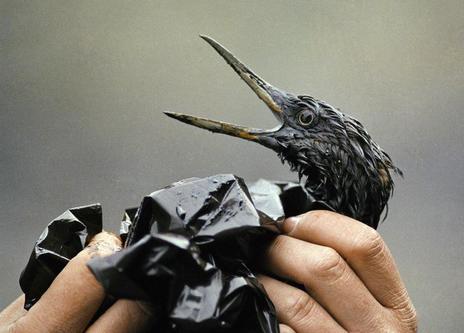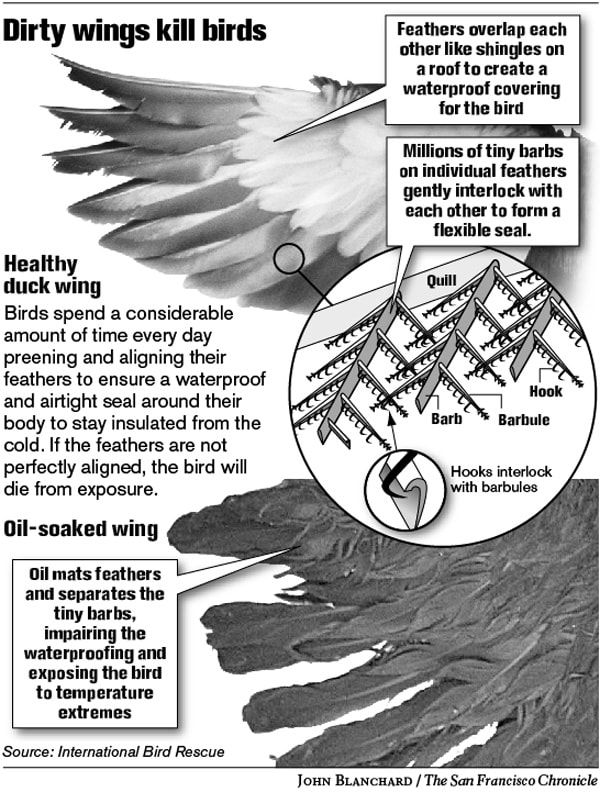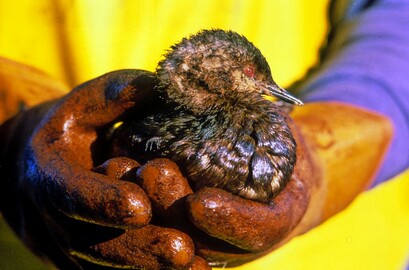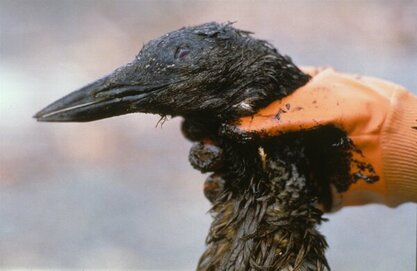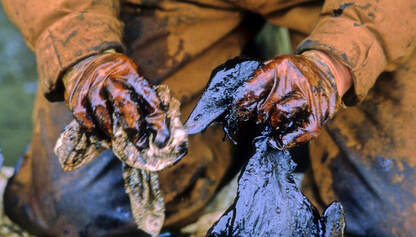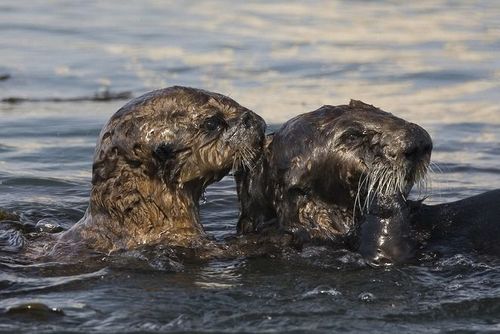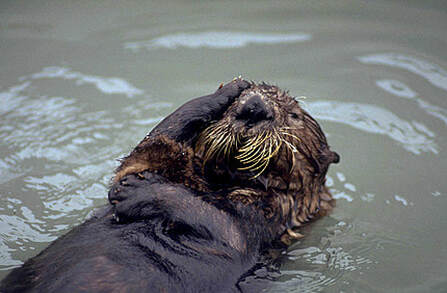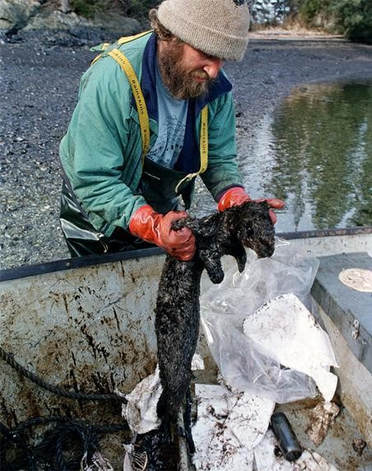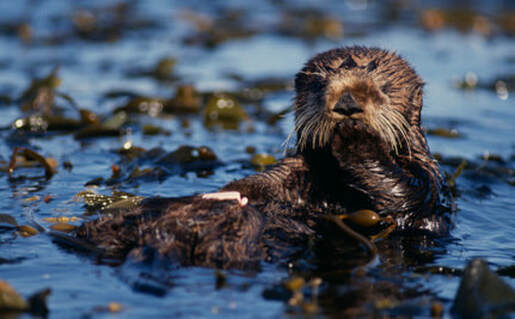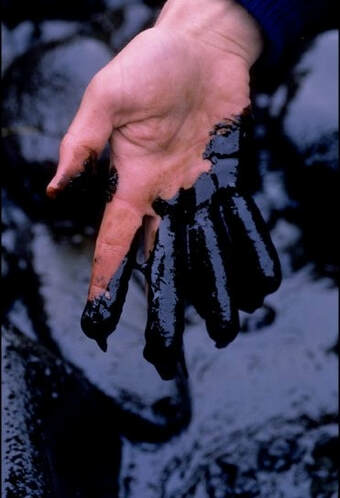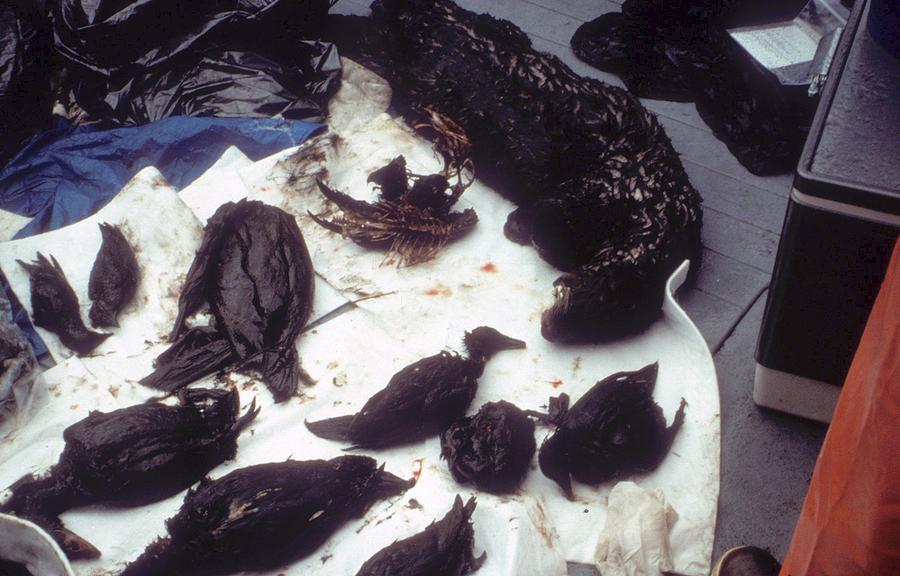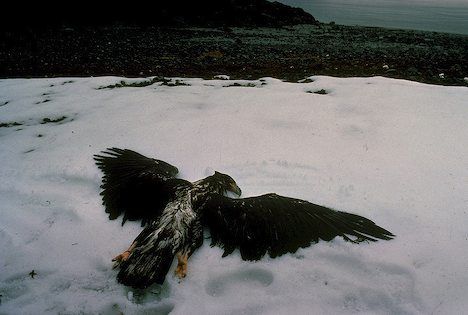Damaged Ecosystem
"We're left with, right now, approximately 1,400 miles of beach, a distance roughly equivalent to Boston to the tip of Florida, that is plastered with oil. This oil weathers extremely slowly in cold temperatures. It also biodegrades extremely slowly in cold temperatures, and therefore it is extremely persistent. This oil is going to leach out of the gravel beaches - it is ground very deep into the gravel - and it is going to repeatedly contaminate the near-shore and inter-tidal areas." - Riki Ott, April 1989, US Congress Testimony. |
Organisms
The oil spill killed an estimated 250,000 seabirds, 2,800 otters, 300 harbor seals, 250 bald eagles, 22 killer whales, and unknown numbers of herring and salmon. These populations still suffer from this tragedy as they regain their numbers.
Timeline of Recovery from Exxon Valdez Oil Spill, 2014, NOAA.
"In two hours I haven't seen a bird, an otter, seal, or any living animal, bird or mammal. This would have been unheard of three weeks ago. Kind of like a nuclear attack, the cities still standing but not a living soul to be seen" - Stan Stephens, April 1989, Record - Oil Spill. |
|
Dirty Wings Kill Dirty Birds, n.d., International Bird Rescue.
|
Oil Spill Worker Recovers Bird Soiled by Crude Oil, 1989, PBS.
Heavily Oiled Loon Found Dead in Kenai Fjords, Alaska, after the Exxon Valdez Disaster, 1989, HuffPost.
Oil Spill Worker Recovers and Cleans Bird Covered in Crude Oil, 1989, CNN.
|
|
Fisherman with Dead Sea Otter, 1989, The Atlantic.
|
Sea Otters
Otters have thick layers of fur for insulation. Their fur absorbed the oil, making their coats much heavier. The added weight threw off the otters’ balance, causing many to drown. Others swam to shore and died from exposure.
Last Surviving Otter from the Exxon Valdez Oil Spill Has Died, n.d., Care2.
|
Remaining Oil
Scientists mistakenly expected the oil to break down quickly following the spill. In 2007, 26,000 gallons remained in the sand of Prince William Sound. Waves continue to stir up oil from the sand, repolluting the ocean.
Remaining Oil Decades Later, 2010, The Atlantic.
